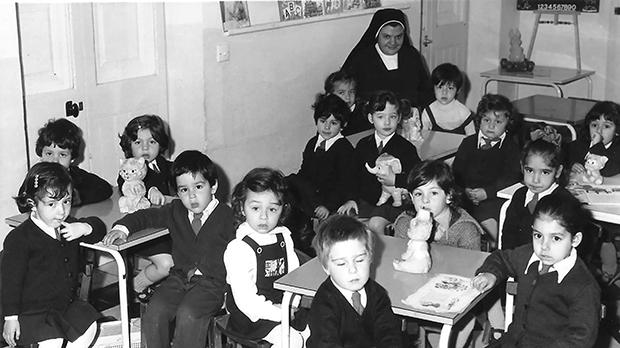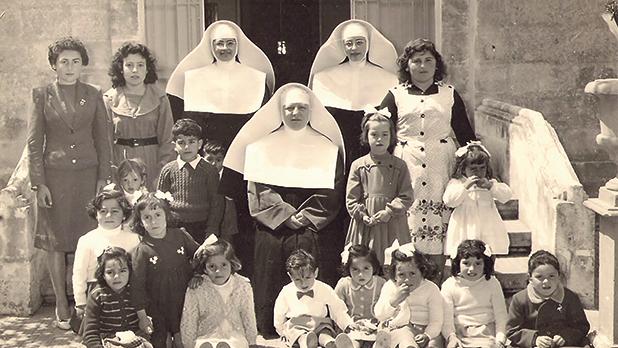St Joan Antide School was inaugurated in 1964 by Mons. Archibishop Gonzi. At the beginning the school consisted of two classes and only catered for students who come from the same locality. Along the years more parents expressed their wish for their children to be enrolled and by time students started joining from all around the island. At the time the school also offered after school training in life skills such as sewing. By the time the school population progressed up to Year 6 it was not possible for all teachers to be Sisters of Charity so lay teachers started to be employed. The first Head of School was Sr Antonia Falzon. Due to the change of demands during the nineteen eighties the school administration feelt the need to enlarge the premises. Another floor was built to accommodate more classrooms and in 1996 all the primary section of Immaculate Conception School was transferred to Gudja. As time went by the primary school changed from a Co-Ed to a girls school. Following this transition the girls in the primary school had a reserved place in the secondary school in Tarxien.
This website uses cookies so that we can provide you with the best user experience possible. Cookie information is stored in your browser and performs functions such as recognising you when you return to our website and helping our team to understand which sections of the website you find most interesting and useful. For more information, kindly refer to our Privacy Policy




